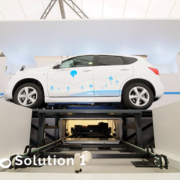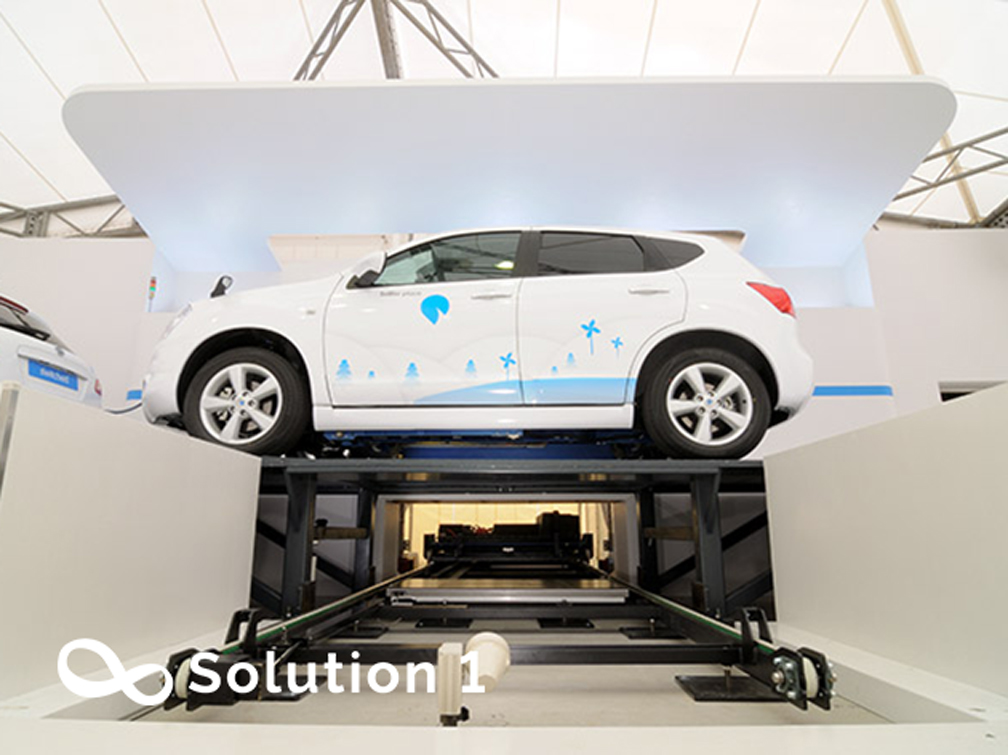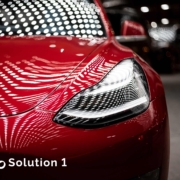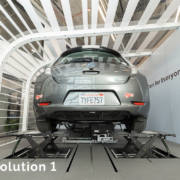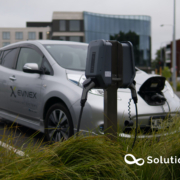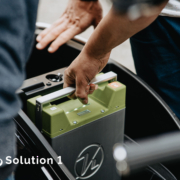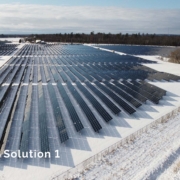A look at its history and challenges: the Israeli startup that pioneered battery swapping for EVs.
Source: WIRED
One German government report predicts that about 80,000 jobs might be lost by 2030 in the Swedish automotive industry as a consequence of the electrification of vehicles. However, new jobs will be created in the new segments. Across the world, politicians, decision-makers, energy producers, industry leaders, and ordinary people are thinking of how this transformation will take place and how it will impact them.
Globally, countries are targeting 100% renewable solutions, although the chosen technologies, solutions, technological and business paths to achieving targets, and the way the transformation is being conducted varies from country to country. The context and conditions differ between countries. A major question is whether the jobs lost or gained will occur at the same place in the world or whether jobs will be transferred from one place to another in the world.
In the past decade, the adoption of battery swapping grew less smoothly than that of electric vehicles. Being an alternative to plugging in cars for battery charging, battery swapping refers to the mode of refueling an electric vehicle by replacing the depleted battery on board with a charged one. Earlier companies pioneering battery swapping were struck with a major challenge. The heavy upfront investment in building swapping stations and battery inventories was hardly financially viable when few customers used the service.
In the early 1900s, manual battery swapping services were first proposed to overcome the limited range of EVs. This solution was popular until the mid-1920s. In 2007, an Israeli startup named Better Place was founded. It provided the first commercially implemented automatic battery swapping service, but it was only available for electric cars, it was not implemented for heavy vehicles, such as buses and trucks. The company paired up with French carmaker Renault to launch an electric sedan with battery-swapping features, it also built battery swap stations to perform the battery replacement procedure on its electric sedans.
Due to limited market demand at the time, the product received very limited market demand. As a result, better place filed for bankruptcy in 2013 and spent $850 million constructing a network of swapping stations before declaring bankruptcy. Mainly due to a flawed strategy of building large battery-swapping stations in selected geographic locations. Users were often forced to travel long distances to swap batteries, which resulted in their dissatisfaction. Although the Better Place company went bankrupt, it demonstrated that automation of battery swapping is feasible in practice.
The most significant advantage of the battery swapping technology would be the increased efficiency in the refueling process for electric vehicles. To charge an EV with an average household outlet of 120V, also known as Level 1 charging, an EV would gain a range of 3-5 miles per hour. Given these statistics, assuming a specific electric vehicle could gain 4 miles of range per hour using a household outlet, it would take 25 hours just for the vehicle to gain 100 miles of range. If an EV is charged at a Level 2 charging outlet available at most conventional charging stations, it would take 6-12 hours for the vehicle to fully charge. With Level 3 charging, also known as DC fast charging with over 480V of power, it could still take up to approximately 45 minutes to get to an 80% charge.

